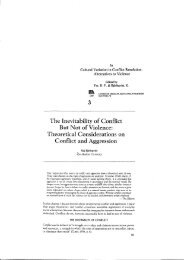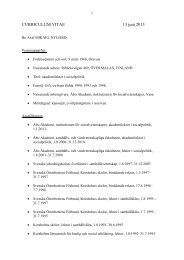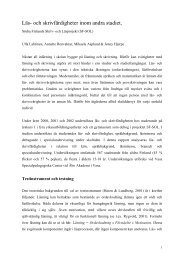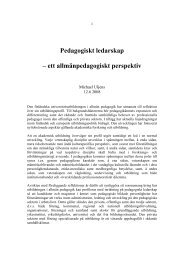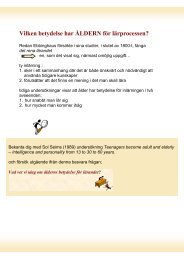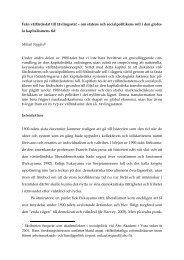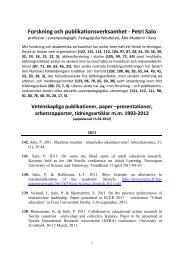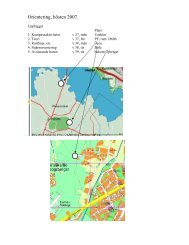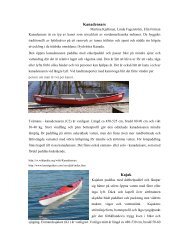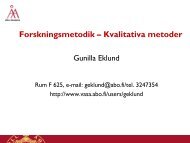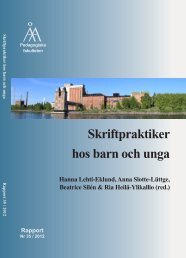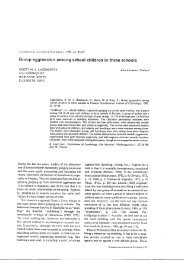Parties, Candidates and Citizens On-Line - Åbo Akademi
Parties, Candidates and Citizens On-Line - Åbo Akademi
Parties, Candidates and Citizens On-Line - Åbo Akademi
You also want an ePaper? Increase the reach of your titles
YUMPU automatically turns print PDFs into web optimized ePapers that Google loves.
Political actors<br />
Normalization<br />
Equalization<br />
<strong>Citizens</strong><br />
Reinforcement Mobilization<br />
A<br />
Finl<strong>and</strong><br />
B<br />
C D<br />
Figure 1. The Finnish on-line political environment<br />
Evidently, the findings regarding the political actors have almost unanimously pointed in<br />
the normalization direction. There is little evidence of on-line activity being particularly<br />
different from ‘politics as usual’ in Finl<strong>and</strong> (Margolis & Resnick 2000). This is interesting<br />
seeing as Finl<strong>and</strong> is both technologically developed <strong>and</strong> its off-line political context<br />
contains elements which could spur innovative, dynamic use of websites by political<br />
actors <strong>and</strong> provide preconditions <strong>and</strong> incentives for smaller political actors to emphasize<br />
internet campaigning (Cunha et al. 2003, 70; Gibson 2004, Norris 2003, 25). This thesis<br />
has highlighted several findings which support the normalization theory. It has<br />
demonstrated that on-line politics is not disconnected from the off-line nationalinstitutional<br />
context or the political actors employing the technology. Both external<br />
context <strong>and</strong> the actor-specific conditions lay their mark on the on-line communication by<br />
political actors. This thesis also found that the dominant off-line political actors, i.e. the<br />
parliamentary parties <strong>and</strong> their c<strong>and</strong>idates, have a dominant presence in the Finnish online<br />
political environment as well. Finally, even though the websites of the Finnish parties<br />
<strong>and</strong> c<strong>and</strong>idates by-<strong>and</strong>-large resemble “electronic brochures” (Kamarck 1999), there is,<br />
nonetheless, a gap between the mainstream actors – e.g. the major parties <strong>and</strong>, to some<br />
extent, the minor parties in parliament, the incumbent <strong>and</strong> competitive c<strong>and</strong>idates – <strong>and</strong><br />
the parties <strong>and</strong> c<strong>and</strong>idates on the margin in refernce to what they are doing on their<br />
websites. <strong>On</strong>-line electoral competition, both between parties <strong>and</strong> individual c<strong>and</strong>idates,<br />
appears to be quite normalized even in the c<strong>and</strong>idate-centred Finnish election system <strong>and</strong><br />
corresponding campaign culture. While the internet might have provided the smaller<br />
political actors in Finl<strong>and</strong> with a more egalitarian platform than they have in off-line<br />
Finnish politics (Norris 2001, 239) – this has not been empirically examined here – the<br />
thesis has showed that the internet “cannot eliminate the power of traditional<br />
180



